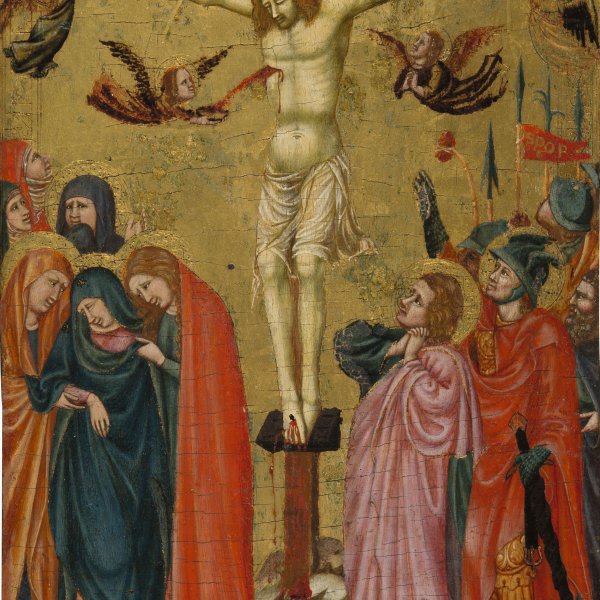Master of the Pomposa Chapterhouse
First identified by Boskovits, this painter was active in the early 14th century and was possibly from Padua. He was responsible for the paintings in the chapterhouse of the abbey of Pomposa on the banks of the Po. His style is considered to indicate a knowledge of the art of the Romagna, of Roman mural painting and of Bolognese miniatures of the early Trecento. Above all he seems to have been influenced by Giotto’s frescoes in the Arena Chapel in Padua.
Other than the Pomposa frescoes, very few works have been attributed to this artist. They include The Crucifixion (Museo Thyssen-Bornemisza, Madrid), and The Virgin and Child (The Metropolitan Museum of Art, New York). They were previously attributed to Florentine artists until Zeri associated the Madrid panel with another of The Ascension of Christ (Musée du Louvre, Paris). After a rigorous analysis and stylistic comparison of the two temperas with the Pomposa frescoes and the New York panel, Zeri concluded that they were all by the same anonymous master known as the Master of the Pomposa Chapterhouse and who could be considered a follower of Giotto. This identification has been generally accepted by other scholars, and it is considered that the Master of the Pomposa Chapterhouse trained in Giotto’s workshop in Padua in the early years of the 14th century. He would then have continued his activities in that city but also spent short periods in other artistic centres in northern Italy and established contacts with the art of Emilia-Romagna.





